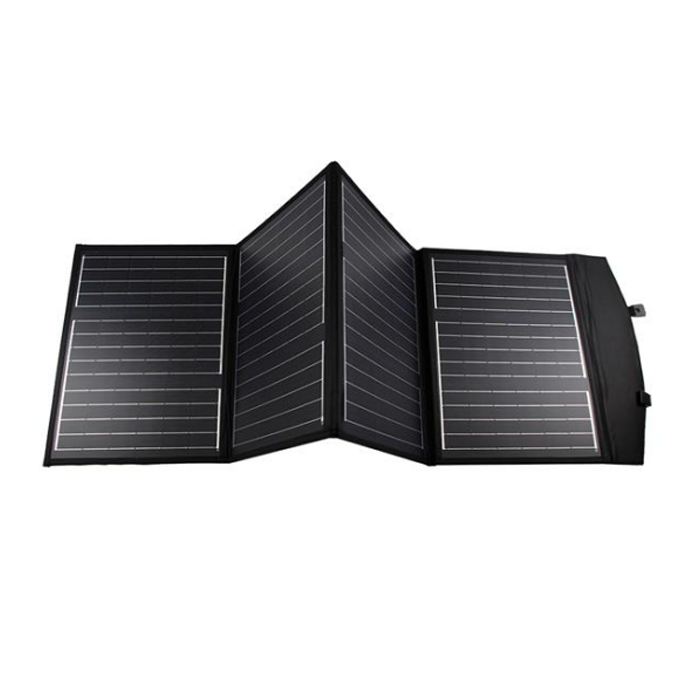Blue sapphires, renowned for their stunning hues and durability, have captivated gem enthusiasts and collectors for centuries. However, with the rise of synthetic alternatives and treated stones, discerning genuine blue sapphires from imitations has become increasingly challenging. Fortunately, you can conduct several tests at home to verify the authenticity of your blue sapphire. This article will delve into practical methods, tools, and tips for testing blue sapphires, ensuring you can confidently identify genuine gems.
Understanding Blue Sapphire
Before diving into testing methods, it's essential to understand what makes blue sapphires unique. Blue sapphires are a variety of corundum, composed primarily of aluminum oxide. Their deep blue color is primarily attributed to the presence of trace elements like iron and titanium. Genuine sapphires exhibit specific physical and optical properties, including hardness, refractive index, and pleochroism, which can be tested at home.
Essential Tools for Testing
To effectively test blue sapphires at home, you will need a few basic tools:
- Loupe or Microscope: A 10x magnification loupe or a jeweler's microscope will help you inspect the stone for inclusions and other characteristics.
- Glass Plate: A smooth glass surface can be used to perform the scratch test.
- Water: A simple water test can help assess the stone's refractive properties.
- UV Light: A UV flashlight can reveal fluorescence in some sapphires.
- Scale: A precise scale will help you measure the weight of the stone.
Testing Methods
- Visual Inspection
Begin with a thorough visual inspection of the sapphire. Use your loupe or microscope to look for inclusions, bubbles, or other imperfections. Genuine sapphires often contain natural inclusions, while synthetic stones may appear flawless. Look for:
- Needle-like inclusions: These are common in natural sapphires and can indicate authenticity.
- Color zoning: Natural sapphires may exhibit slight variations in color, while synthetic stones often have uniform color.
- The Scratch Test
Blue sapphires are one of the hardest gemstones, scoring a 9 on the Mohs scale. To perform the scratch test, take your sapphire and gently scratch it against a smooth glass plate. If the sapphire leaves a scratch on the glass, it is likely genuine. However, if the glass scratches the sapphire, it may be a softer material or imitation.
- The Water Test
The water test is a simple yet effective method to assess the sapphire's density and refractive index. Fill a glass with water and carefully drop the sapphire into it. Observe how the stone behaves:
- Sinking: Genuine sapphires are dense and will sink quickly.
- Floating: If the stone floats or hovers, it may not be a genuine sapphire.
- UV Light Test
Many natural sapphires exhibit fluorescence under UV light. Turn off the lights and shine a UV flashlight on the sapphire. If the stone glows, it may indicate authenticity. However, be aware that some treated sapphires can also fluoresce, so this test should be used in conjunction with others.
- Weight and Size Comparison
Using a precise scale, weigh your sapphire and compare it to the expected weight for its size. Genuine blue sapphires have a specific gravity of approximately 3.95 to 4.03. If your stone's weight significantly deviates from this range, it may be an imitation.
Additional Considerations
While these tests can provide valuable insights into the authenticity of your blue sapphire, they are not foolproof. For a definitive assessment, consider consulting a professional gemologist. They possess advanced tools and expertise to conduct more sophisticated tests, such as spectroscopy and refractometry.
Conclusion
Testing blue sapphires at home can be an enlightening experience, allowing you to appreciate the intricacies of these beautiful gemstones. By employing a combination of visual inspection, scratch tests, water tests, UV light exposure, and weight comparisons, you can gain confidence in your ability to identify genuine blue sapphires. However, always remember that when in doubt, seeking professional advice is the best course of action. With this knowledge, you can embark on your journey as a sapphire enthusiast, equipped to discern the real from the imitation.

